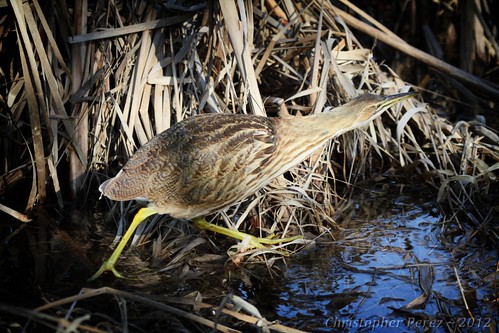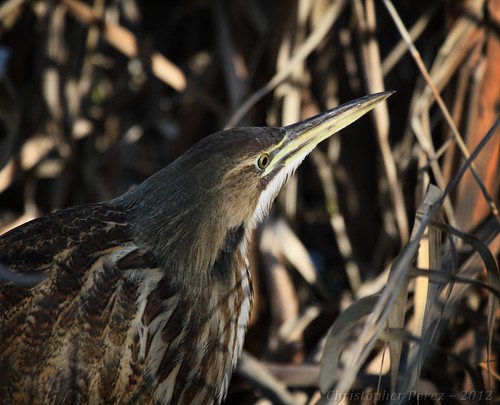It was an interesting place to work. One of the guys who worked in the building (for an unrelated business) had a Lamborgini Mura S that he'd drive into work every now and then. I could hear it start up in the afternoon, even as I was deep in the dark cave of the darkroom. What a great sound it was!
We used to print lots of rush jobs for all kinds of folks. Photographers and "gallery" owners and just plain 'ol mom and pop kinds of people coming in, literally, off Sunset Blvd's sidewalk.
One rush-rush job we got was from a guy who had a stack of negatives that he wanted "proof sheet" like quality prints from. Just throw them into the enlarger and "let 'er rip!", he said.
Of course he wanted to "approve" the images before he paid for them and could walk away with his proofs.
I was handed one stack of negs and my colleague was handed another. In my stack was a rather poorly exposed very difficult to print 4x5inch negative of Clark Gable.
My first resin coated print was junk. I quickly fine tuned the exposure and tried a very fast burn effort along one edge that was particularly "blown out". Out of the Kodak quick printer came the second RC print and off to the front desk for approval.
While it was out being looked at I grabbed an 11x14 sheet of Kodak G double weight paper and set to work. The first print was also junk. Even though I had an excellent sense of exposure, the image needed to be torn up. It just didn't "work".
Putting a second sheet of Kodak G double weight into the easel I made my second exposure and burned the hell out of one corner. Just as I dropped the paper into the developer, the front desk lady came in a retrieved the negative.
I finished off the print and took it home.
I was SHOCKED when, three months later, I visited a local shopping mall and walked by a poster shop. In there was the print I'd made on RC that I'd considered junk. It was a poster made from the "proof" image of Clark Gable!
I couldn't stand it. All the guy had to do was wait another 10 minutes and I could have given him a real print. Something worth hanging. Rather, what the world ended up with was just absolute garbage, as far as I was concerned.
It made me sad.
But, I still have the 11x14 inch Kodak G double weight original. It still pleases me, even after all these years.



